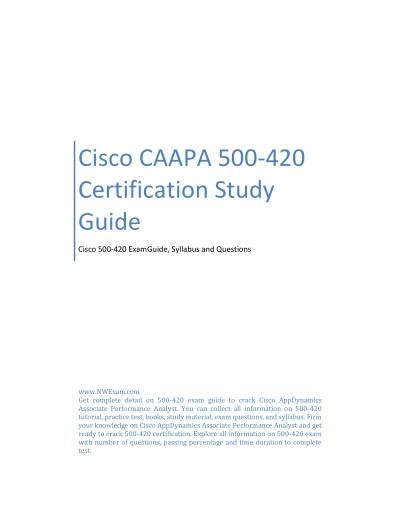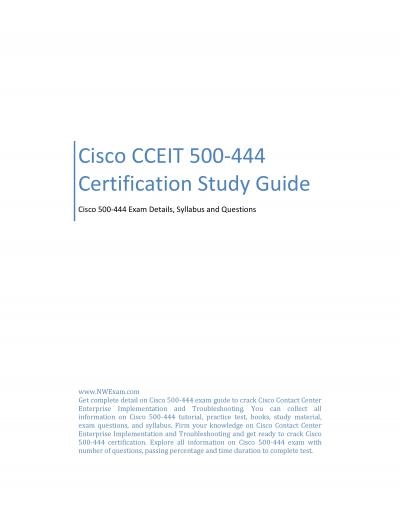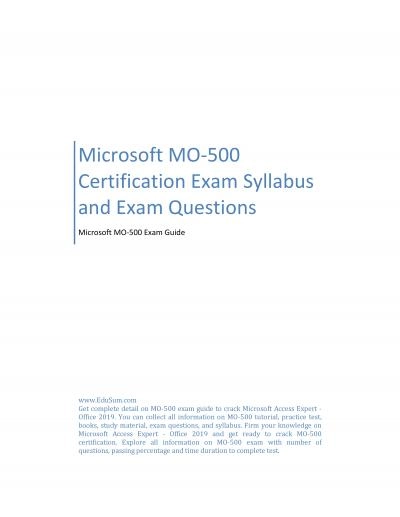PPT-BEFORE ENGLISH (Prehistory – c. 500 AD)
Author : celsa-spraggs | Published Date : 2019-01-26
Indo European Spread of Indo European Languages GermanicCelts Romans 1132017 1 INDO EUROPEAN IndoEuropeans or ProtoIndoEuropeans who lived in Eastern Europe and
Presentation Embed Code
Download Presentation
Download Presentation The PPT/PDF document "BEFORE ENGLISH (Prehistory – c. 500 AD..." is the property of its rightful owner. Permission is granted to download and print the materials on this website for personal, non-commercial use only, and to display it on your personal computer provided you do not modify the materials and that you retain all copyright notices contained in the materials. By downloading content from our website, you accept the terms of this agreement.
BEFORE ENGLISH (Prehistory – c. 500 AD): Transcript
Download Rules Of Document
"BEFORE ENGLISH (Prehistory – c. 500 AD)"The content belongs to its owner. You may download and print it for personal use, without modification, and keep all copyright notices. By downloading, you agree to these terms.
Related Documents

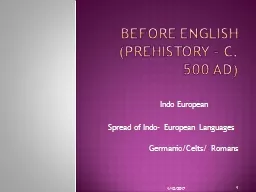
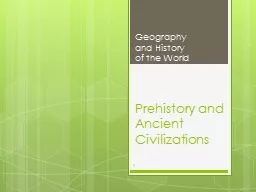


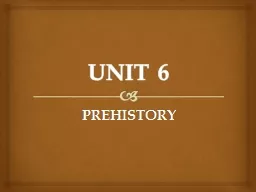

![[New] Get Ready to Crack Cisco 500-052 UCCXD Certification Exam](https://thumbs.docslides.com/990685/new-get-ready-to-crack-cisco-500-052-uccxd-certification-exam.jpg)
![[New] Ace Cisco 500-285 Certification with Cisco CCNS Practice Test](https://thumbs.docslides.com/994858/new-ace-cisco-500-285-certification-with-cisco-ccns-practice-test.jpg)
![Cisco 500-325 CSA Exam: Tips & Tricks to Ace the Exam [2023]](https://thumbs.docslides.com/1013854/cisco-500-325-csa-exam-tips-tricks-to-ace-the-exam-2023.jpg)

